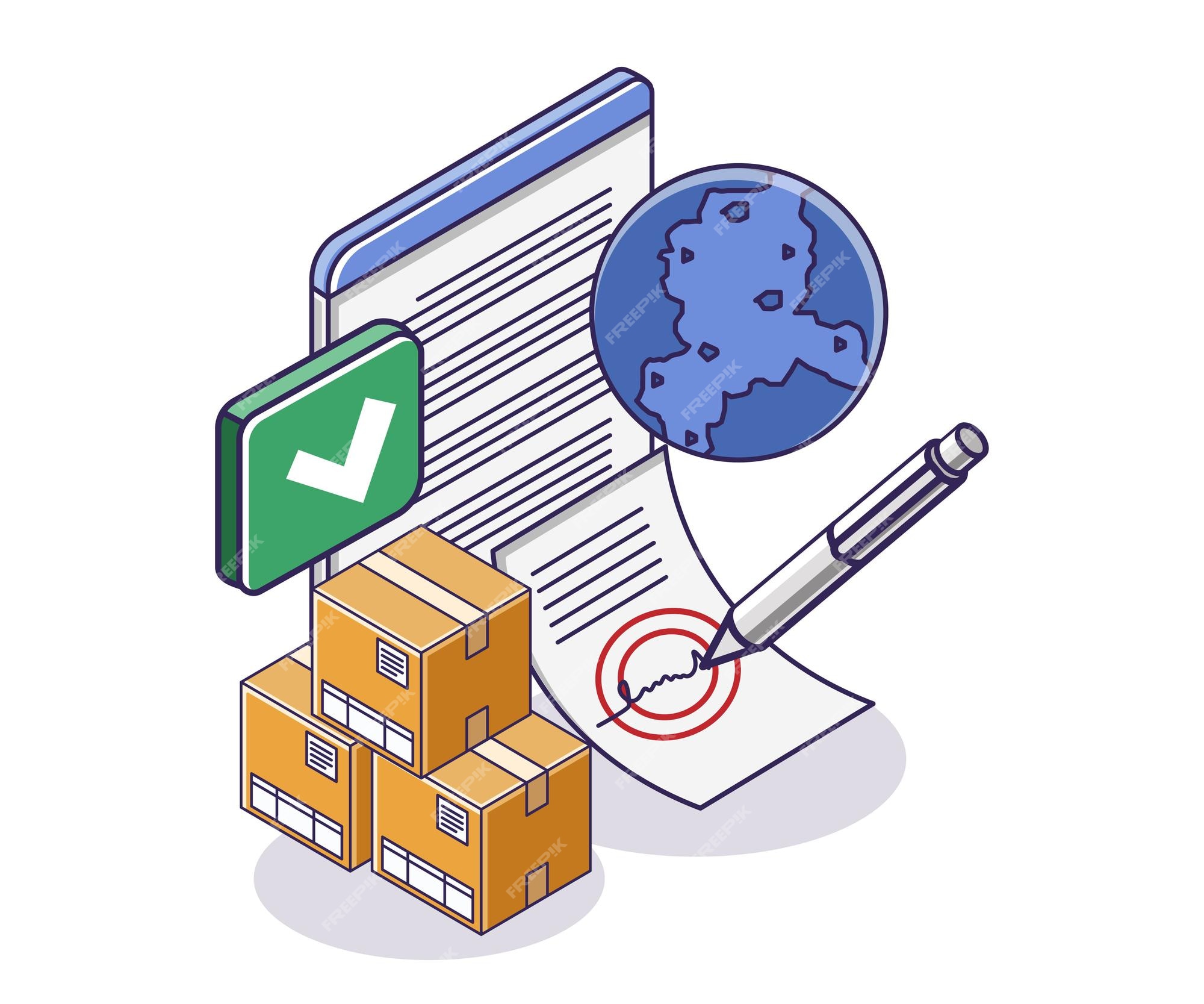What method of payments are there from foreign customers: Processing cross-border payments is a complex process and involves multiple stakeholders, from sender to receiver. Each party plays a different role in the transfer of money internationally, and it’s important to know who does what.
If you’re looking to send money internationally, this blog post covers everything you need to know about processing international transactions. It explains the various parties involved in cross-border payments and details the processes they go through to send or receive payment across international borders.
We also include some excellent tips on how you can streamline your operations when processing international payments. Read on to learn more!
How to process international transactions: everything you need to know

Today’s global marketplace has opened up endless opportunities for businesses to expand their customer base, drive revenue, and streamline their operations. With the growth of e-commerce and online marketplaces like Amazon and eBay, businesses can sell products to customers all over the world. But managing international transactions poses many unique challenges. As a business owner or manager, you need to understand how processing international transactions directly impacts your company’s bottom line. This article will explore what makes international transactions so challenging and how you can optimize your global sales process.
What makes international transactions so challenging?
There are several reasons why international transactions can be more challenging than domestic transactions.
Here are a few of the most important ones: – Foreign exchange rates – When you accept payment in a foreign currency, the exchange rate can impact your bottom line. I
f the exchange rate on the date of the sale is higher than it was on the date you set your prices, your revenue will be lower than expected.
If you’re expecting a boost in revenue thanks to the exchange rate, you might be disappointed.
– Cultural differences and regulations – Different countries have different regulations, which can make it more challenging to find a payment solution that works for your global customers.
– Language barriers – You might be able to accept payment from customers in other countries but not speak their language. This can make it difficult to communicate with customers and resolve issues.
– Customer expectations – Customers in some countries have different expectations when it comes to payment options.
Who should handle international transactions?
When you’re processing sales from international customers, you’ll need to decide who will be responsible for managing each transaction.
You can assign this role to one or multiple people in your organization.
Here are a few factors to consider when deciding who will handle international transactions:
– Experience – Make sure the person or team handling your international transactions has experience with international payments.
This will help reduce the chances of encountering issues during the sales process.
– Availability – If you assign the task of managing international transactions to a team member who works remotely, make sure they’re available when needed.
In addition, factor in time-zone differences when scheduling call times.
– Language skills – Communicating in another language is challenging, even for the most fluent speakers.
Make sure the person or team handling your international transactions has the language skills needed.
Which payment methods are most effective for international transactions?
Credit card payments – Most countries have a high rate of credit card ownership, which makes credit cards one of the most effective payment methods for international transactions.
– You’ll be charged a fee each time you accept a credit card payment, which will reduce your revenue.
– Credit card companies have various policies regarding when they will and won’t issue a chargeback.
Be sure to review these policies so you’re prepared to respond to any issues that might arise.
– Credit cards are widely accepted in many countries, which helps reduce the risk of fraud.
Online payment solutions – Online payment solutions like PayPal, WePay, and Stripe are widely accepted by customers.
Most online payment services operate in multiple countries.
– Online payment services are available in many languages, making them a good option for businesses with customers who don’t speak English.
– Online payment services offer fraud protection and chargeback mediation, which can help reduce the risk of chargebacks.
VAT processing for international transactions
VAT, or value-added tax, is a type of sales tax applied to many goods and services in Europe.
If your business accepts payments from customers in Europe, you’ll need to charge VAT.
Fortunately, it’s possible to process VAT payments from international customers.
– Keep in mind that each country has its own VAT regulations, so it’s important to research how VAT is handled in each country where you accept payments.
– You can use a service like Blue Tax to accept VAT payments and then transfer the funds to your government.
Blue Tax also integrates with accounting software, which makes VAT processing easier.
– Some payment services, like Stripe and PayPal, also offer VAT support.
Bottom line
The first step in effectively processing international transactions is to understand the challenges that come with selling to customers around the world.
Credit cards, online payment solutions, and VAT support are effective payment methods for international sales.
Now that you understand the challenges that come with selling to customers around the world.
It’s time to put some strategies in place to make it easier to process international transactions.
